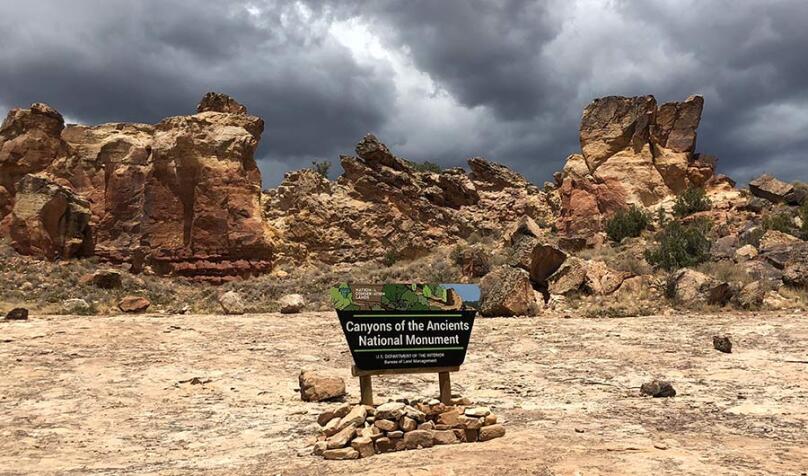National Monuments are More Boon than Bane to Local Economies

National Monuments are More Boon than Bane to Local Economies lead image
Margaret Walls
(Inside Science) -- Since the 1906 Antiquities Act was passed, U.S. presidents have had the power to protect vast stretches of land with the stroke of a pen by designating them as national monuments. Many such designations have faced backlash, often over concerns they would harm local economies. New research suggests such fears may be unfounded.
The researchers focused on 14 monuments established in the western U.S. between 1990 and 2015. They estimated the economic effects of the monuments by comparing the regions within 25 kilometers of each monument to similar “control” regions located farther away. In the control regions, researchers say the overall economic trends were likely similar prior to the designation of the monuments but were then relatively unaffected after designation.
The analysis suggested that monument designations increased the number of businesses near monuments by about 10% and increased the number of jobs by about 8.5%. Some people have expressed concern that national monuments would replace high-paying jobs with lower-paying jobs, but the new study found that wasn’t true; there was no effect on how much people earned.
When a president designates a national monument, existing leases for mining and fossil fuel extraction continue as before, but new leases are banned. Grazing policies vary between monuments.
Such industries are often the focus of debates, since people assume they will suffer when a monument is designated. But the new study found the monuments had so far had no effect on mining, logging, grazing or fossil fuel industries. That’s likely because the monuments in the study weren’t very productive for extractive industries even before they were designated, said Margaret Walls, an economist at Resources for the Future, a nonpartisan nonprofit in Washington dedicated to analyzing economic questions about natural resource policy. If a monument were designated on top of valuable oil reserves, she noted, the situation might be different.
Several other industries saw benefits, including health services, construction and hotels. Walls and her colleagues published the findings today in the journal Science Advances.
In December 2017, President Donald Trump ordered two Utah monuments, Grand Staircase-Escalante and Bears Ears , reduced by 50% and 85% respectively. The move immediately faced protests and legal challenges, and it is still playing out in court.
The new findings may help inform such debates, said Walls. Still, she added, it’s worth remembering that national monuments serve other purposes besides creating jobs.
“They have cultural, historic, prehistoric artifacts; they have geologic resources. There’s something special about these places,” she said. “And if we think they’re something special, we should protect them.”


